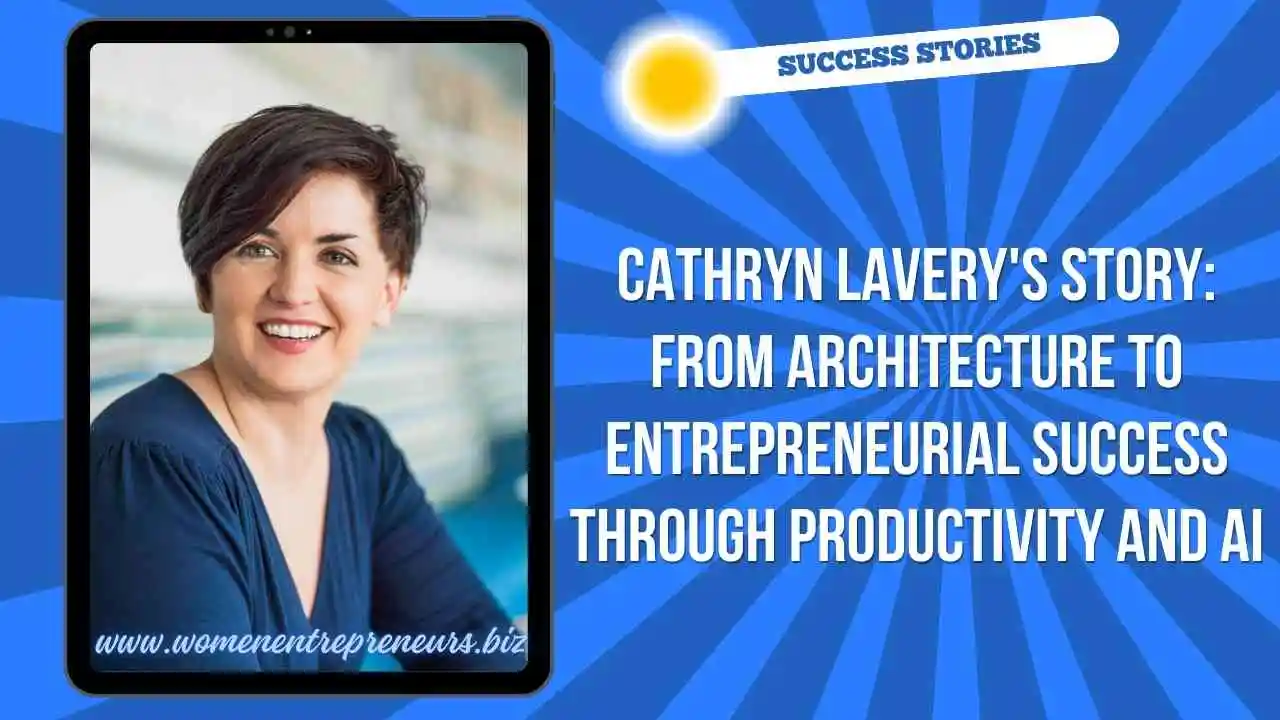Zappos: Lessons Learned and Mistakes to Avoid from a Customer-Centric Startup
Table of Contents
Introduction
Founded in 1999 by Nick Swinmurn and led for over a decade by Tony Hsieh, Zappos became a standout name in the world of online retail, particularly in shoe sales. Based in Las Vegas, the company experienced explosive growth by focusing on one key objective: delivering an exceptional customer experience. In 2009, Zappos was acquired by Amazon for $1.2 billion, marking a significant moment in e-commerce history. However, like any successful business, Zappos had to overcome challenges, offering valuable lessons for female entrepreneurs.
Zappos’ Business Model
Zappos is an online retailer specializing in shoes, later expanding to clothing, accessories, and home goods. What sets Zappos apart is not just the quality of its products but also its unparalleled customer service. The company was one of the first to offer free shipping and returns, quickly attracting a loyal customer base.
Value Proposition: Customer Service as the Top Priority
Zappos placed customer experience at the core of its business model, encouraging customers to call its customer service even for advice that didn’t immediately translate into sales. This level of engagement built a loyal community of customers who felt valued and cared for.
Lesson Learned: Prioritizing customer service can turn satisfied customers into loyal ambassadors. For female entrepreneurs, offering an exceptional customer experience can make all the difference, especially in today’s digital landscape.
Key Success Factors of Zappos
1. Strong and Positive Company Culture
Zappos is famous for its unique company culture, focused on the happiness of both employees and customers. Former CEO Tony Hsieh made employee satisfaction a top priority, encouraging an open and friendly work environment. Company culture was so important that Zappos offered new hires $2,000 to quit if they didn’t feel aligned with the company’s values.
Lesson Learned: A strong, positive company culture can be a determining factor in long-term success. Female entrepreneurs should create a work environment that reflects their values and promotes the well-being of their teams.
2. Focus on Continuous Innovation
Zappos never stopped innovating, whether in its product offerings, internal processes, or approach to customer service. The company adopted a liberated business model, without strict hierarchy, fostering employee collaboration and autonomy.
Lesson Learned: Continuous innovation is key to staying competitive. Entrepreneurs can foster a culture of innovation by encouraging risk-taking and creativity within their teams.
3. Adaptability and Strategic Growth
Zappos initially focused exclusively on selling shoes but expanded its product range as the brand gained popularity. This diversification allowed Zappos to capture a larger share of the market while staying true to its core mission of offering exceptional customer experiences.
Lesson Learned: Understanding the needs of customers and market trends is essential for business growth. Female entrepreneurs should be ready to adjust their offerings and explore new opportunities while keeping their core values at the center of their strategy.
Mistakes to Avoid
1. Growing Too Quickly
Zappos’ rapid growth came with logistical and organizational challenges. The company struggled to maintain its high level of customer service while expanding quickly.
Mistake to Avoid: Rapid growth can sometimes harm product or service quality. Female entrepreneurs must ensure their growth is controlled and sustainable, ensuring that every step of expansion is carefully managed.
2. Relying on a Limited Product Range
For years, Zappos focused almost exclusively on shoes. While this helped build a strong niche, the company realized it needed to diversify its offerings to continue growing.
Mistake to Avoid: Limiting the business to a single product line may restrict long-term growth. Entrepreneurs should consider diversifying their offerings once they reach stability in their primary market.
3. Overconfidence in a Completely Free Enterprise
While employee freedom was often seen as a strength, it sometimes led to inconsistencies in decision-making and internal conflicts. The lack of strict hierarchy made managing complex situations more challenging.
Mistake to Avoid: Too much freedom can sometimes lead to a lack of clear direction. Entrepreneurs should find a balance between employee autonomy and strategic control.
How to Replicate Zappos’ Success
1. Make Customer Service Central to Your Strategy
Zappos’ commitment to exceptional customer service is a model to follow. Female entrepreneurs should pay special attention to customer satisfaction by offering personalized service, responding quickly to customer needs, and building trust.
Practical Tip: Set up systems to collect real-time customer feedback and quickly address any issues. Encourage open communication with your customers so they feel heard and valued.
2. Build a Company Culture Based on Values
One of Zappos’ greatest strengths is its company culture. Tony Hsieh believed that happy employees led to happy customers. Entrepreneurs should take the time to define their company’s values and integrate them into every aspect of daily work.
Practical Tip: Invest in initiatives that strengthen company culture, such as regular training, company events, or benefits that improve the quality of life for your employees.
3. Diversify Strategically
While staying focused on its core mission, Zappos successfully expanded its product offerings to meet growing demand. This diversification allowed the company to remain competitive.
Practical Tip: Regularly explore new product or service opportunities by listening to your customers’ needs. Don’t be afraid to test new markets while staying true to your core values.
Conclusion
Zappos demonstrated that a company can succeed by placing both customers and employees at the heart of its strategy. However, its journey was not without mistakes and challenges. Female entrepreneurs can learn from Zappos’ experience, particularly the importance of company culture, exceptional customer service, and continuous innovation. By avoiding the pitfalls of rapid growth or lack of diversification, entrepreneurs can lay the foundation for long-term success.








